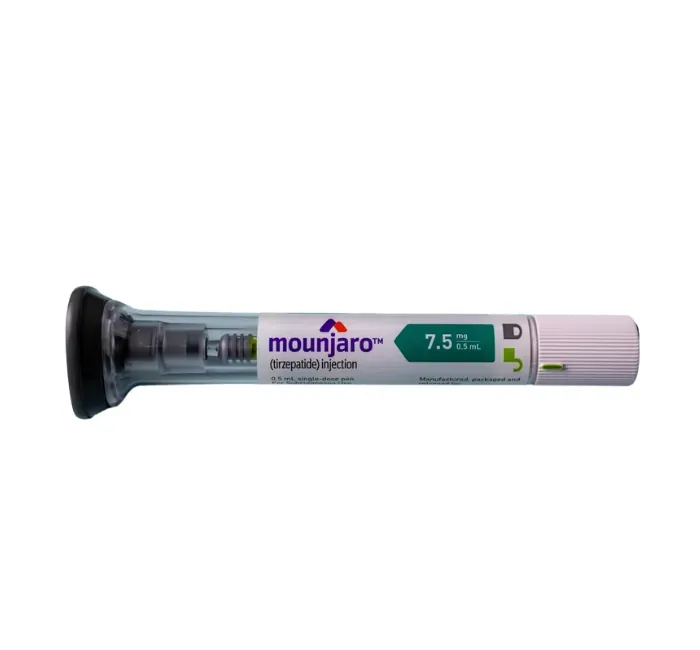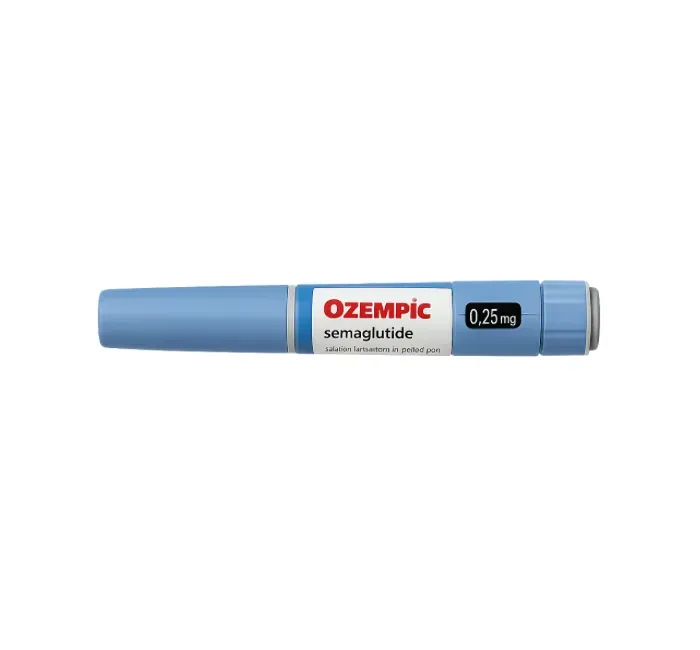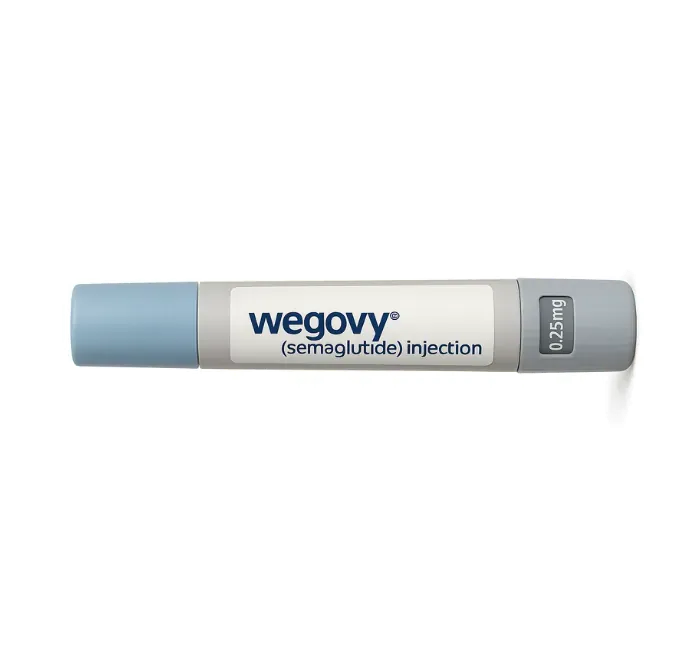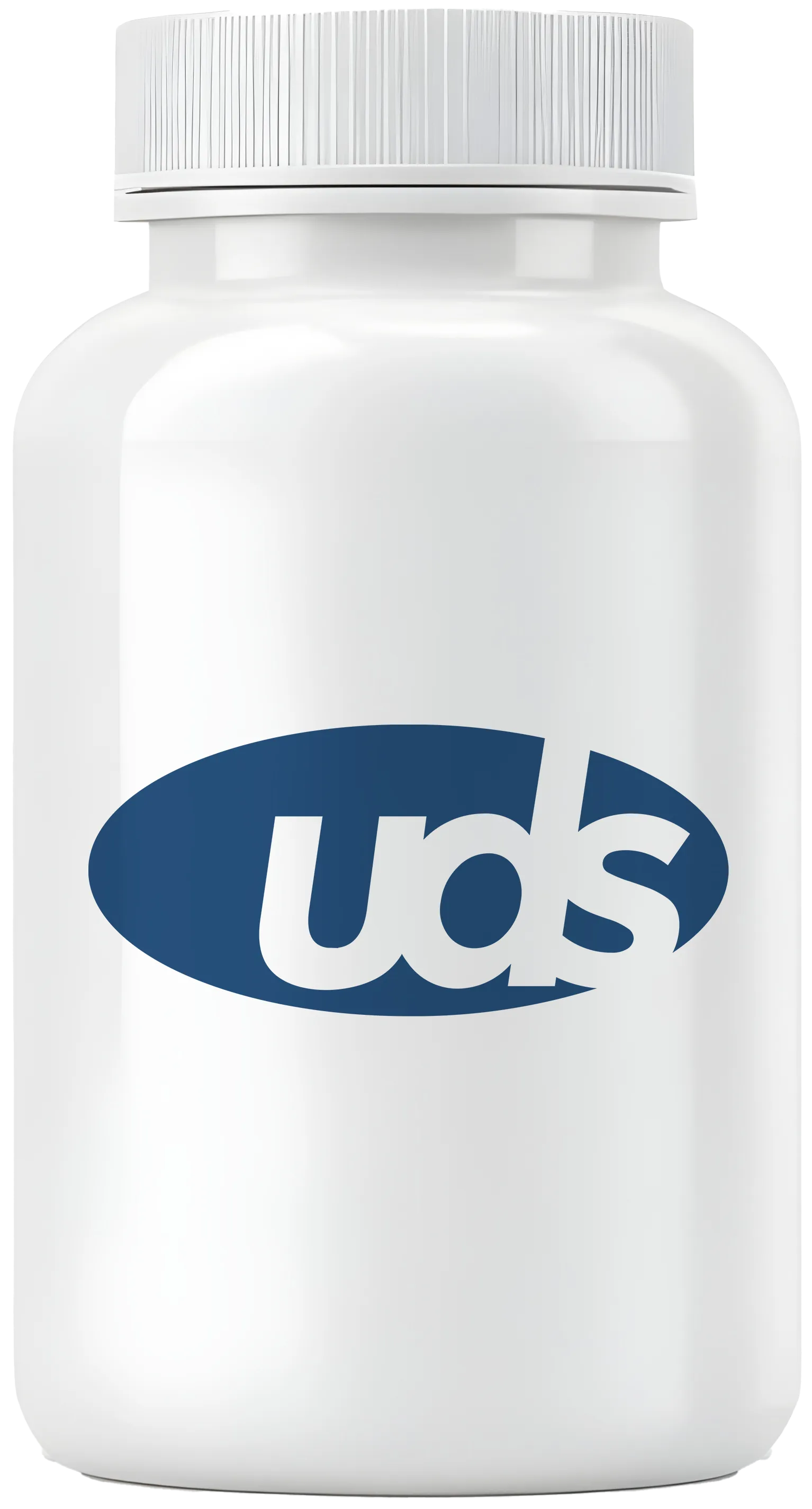Is zepbound good for heart problems?

How to inject Zepbound
Preparing your Zepbound pen
- Remove the pen from the refrigerator; keep the gray base cap on until you’re ready to inject.
- Verify the label and dose, check expiration, and ensure the liquid is clear to slightly yellow without particles.
- Wash your hands thoroughly.
- Choose an injection site: abdomen, thigh, or (with help) the back of the upper arm.
Giving your Zepbound injection
- Pull off and discard the gray base cap.
- Place the clear base flat against your skin and unlock the pen by turning the lock ring.
- Press and hold the purple button for up to 10 seconds. Listen for two clicks.
- Confirm the gray plunger is visible—this indicates the dose is complete.
Disposing of your pen
- Immediately place used pens into an FDA‑approved sharps container.
- If unavailable, use a heavy‑duty plastic container with a tight, puncture‑resistant, leak‑proof lid labeled as hazardous waste.
- When nearly full, follow local guidelines for sharps disposal (see FDA’s Safe Sharps Disposal website).
Zepbound FAQs
What is Zepbound used for?
Zepbound (tirzepatide) is approved for chronic weight management in adults with a BMI ≥ 30 kg/m², or ≥ 27 kg/m² plus a weight‑related condition, alongside diet and exercise.
How does Zepbound help you lose weight?
Tirzepatide mimics GLP‑1 and GIP hormones to decrease appetite, slow digestion, and increase insulin release, promoting satiety and blood sugar control.
Possible side effects
- Nausea, diarrhea, vomiting, indigestion, constipation
- Burping, fatigue, stomach pain, hair loss, injection site reactions, dizziness
Serious reactions:
Shop Medications
- Allergic reactions (hives, throat/tongue swelling, breathing difficulty)
- Thyroid tumors or cancer—watch for neck lumps, hoarseness
- Pancreatitis—severe abdominal pain with or without vomiting
- Kidney damage—stay hydrated and report urination issues
- Gallbladder problems—severe upper abdominal pain, fever, nausea
- Hypoglycemia when combined with insulin or sulfonylureas
- Vision changes in diabetic retinopathy
- Worsening depression or suicidal thoughts
Who should not use Zepbound?
- Personal or family history of medullary thyroid carcinoma or MEN 2 syndrome
- Allergy to tirzepatide or any inactive ingredient
Warnings and precautions
- History of kidney, pancreas, or gastroparesis issues
- Diabetic retinopathy—monitor vision
- Pregnancy—risk to fetus; consider registry enrollment
- Oral contraceptives—use backup methods for 4 weeks after each dose change
- Breastfeeding—unknown effects on milk and infant
Drug interactions
- Other glucose‑lowering agents (insulin, sulfonylureas)
- Any oral medications—absorption may slow with tirzepatide
Dosages
Start at 2.5 mg once weekly for 4 weeks (not for maintenance). Increase to 5 mg weekly, then by 2.5 mg every 4 weeks as needed up to 15 mg weekly.
Missed dose
If within 4 days, inject as soon as remembered. If more than 4 days, skip and resume on your regular day. Do not take two doses within 3 days.
Best time to inject
Choose any day and time of week; maintain the same day each week for consistency.
Weight loss results
In trials, average weight loss was 16% (5 mg), 21.4% (10 mg), and 22.5% (15 mg) of baseline body weight, with diet and exercise.
Sources
- DailyMed: Zepbound Prescribing Information. Accessed 2025.
- FDA: Zepbound Medication Guide & Press Announcement. Accessed 2025.
- Medscape: Zepbound (tirzepatide) Drug Reference. Accessed 2025.











